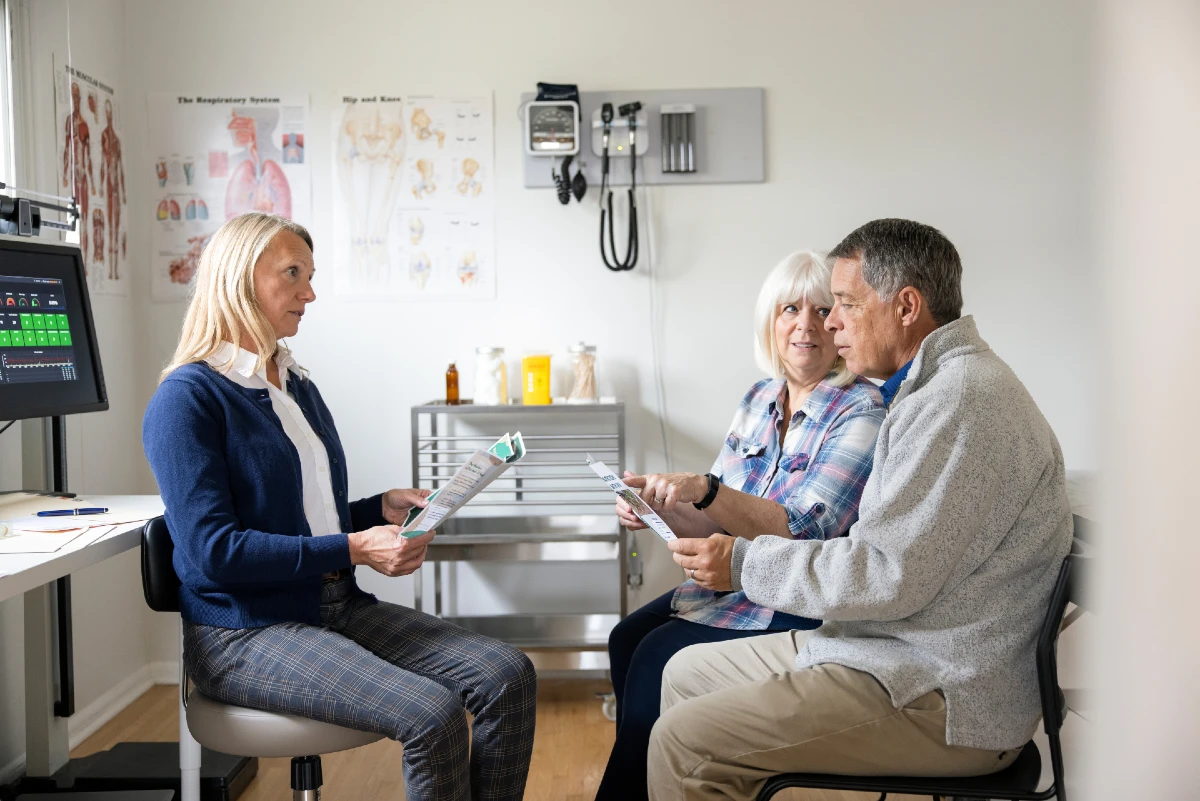We use cookies to help provide you with the best possible online experience.
By using this site, you agree that we may store and access cookies on your device. Cookie policy.
Cookie settings.
Functional Cookies
Functional Cookies are enabled by default at all times so that we can save your preferences for cookie settings and ensure site works and delivers best experience.
3rd Party Cookies
This website uses Google Analytics to collect anonymous information such as the number of visitors to the site, and the most popular pages.
Keeping this cookie enabled helps us to improve our website.

Chaperone Policy
Wherever possible, we will offer our patients the security of having an impartial observer (a ‘chaperone') present during an intimate examination. A secondary reason for a chaperone is to protect and support the clinician (for example, from an allegation of improper behavior). This applies whether or not the clinician is the same gender as the patient.
We aim to provide a clinically trained member of staff to act as a chaperone for planned clinical procedures or when the procedure cannot be delayed. Ideally the attendance of the chaperone should be arranged in advance wherever possible.
We have a number of non-clinical staff (mainly healthcare assistants and patient coordinators) trained in the role of a chaperone, and they can be used at the discretion of the clinician involved.
The chaperone should:
- be sensitive, and respectful of the patient's dignity and confidentiality
- be prepared to reassure the patient if they show signs of distress or discomfort
- be familiar with the procedures involved in a routine intimate examination
- be prepared to raise concerns about the clinician should misconduct occur
- be prepared to support the clinician as required.
In some circumstances, a relative or friend of the patient may be an acceptable chaperone.
If the clinician or the patient does not wish the examination to proceed without a chaperone present, or if either is uncomfortable with the choice of chaperone, we may offer to delay the examination to a later date when a chaperone (or an alternative chaperone) will be available. However, this must be compatible with the patient’s best interests.
The clinician will record any discussion about chaperones and its outcome. If a chaperone was present at the consultation this will be recorded. If the patient was offered a chaperone and declined, this should also be recorded.
If possible, we will use a chaperone of the same gender as the patient.
The role of a chaperone
- The chaperone should stand at the head of the examination couch, where they can see the patient and how the examination is being conducted.
- The chaperone should be alert to any distress the patient might be suffering and be prepared to inform the clinician.
- The chaperone should ensure the patient’s privacy during the examination and when they are dressing and undressing. The chaperone should not leave the room until the patient is dressed and seated.